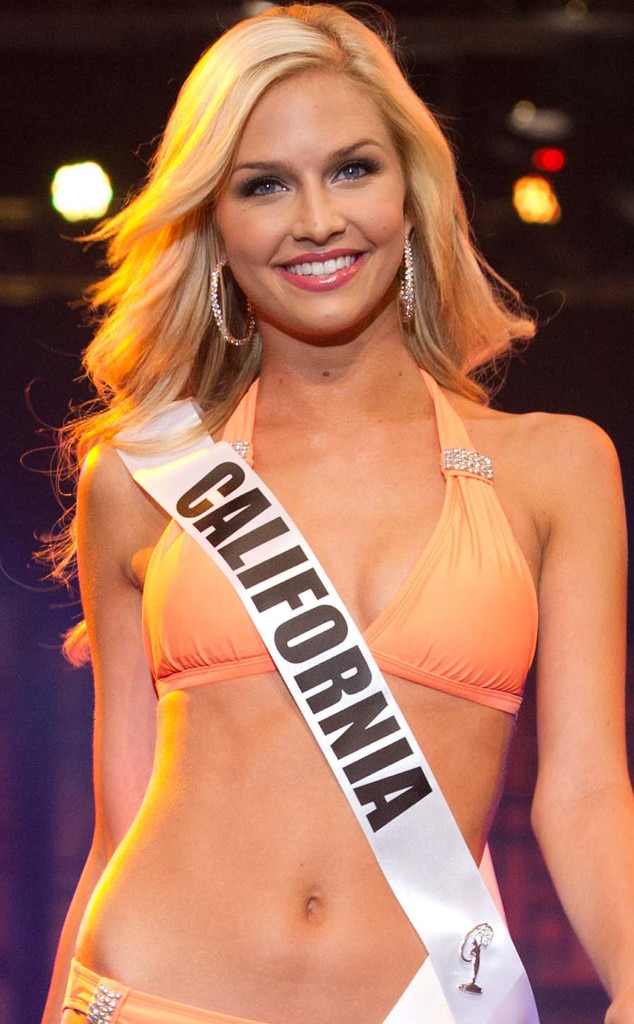

The winner of the pageant would eventually choose her successor to carry on the role of representing the annual program: an act similar to what every America's Junior Miss has done a year after winning the title, but it's the judges who decide first. In the late 1920s, Mobile's Junior Chamber of Commerce, known today as the Jaycees, began the earliest form of the Junior Miss program as an annual floral pageant in the spring to encourage participation from residents in local beautification projects, including azalea flowers.
#Junior miss pageant year nudist free#
The Distinguished Young Women program is free to enter. Each year the Distinguished Young Women program gives out over $1 billion in scholarships. Each state hosts a state program in which the chosen representative advances to the national program, held in the program's birthplace of Mobile, Alabama. Participants compete in the categories of Interview (25%), Scholastics (25%), Talent (20%), Fitness (15%), and Self-Expression (15%). Since its creation in 1958, over 700,000 young ladies have participated in competitions spanning the United States. In addition, through the Distinguished Young Women Life Skills program, which includes workshops and online resources, participants can learn skills like interviewing, public speaking, self-confidence building and much more. This program is designed to provide young women with the opportunity and support needed to succeed before, during, and after attending college. Depending on the schedule of the various state and local programs, young women are eligible during the summer preceding their senior year in high school.



Paula Shugart, the president of the Miss Universe Organization, said in a letter to state directors this week that the pageant was “committed to continuing to evolve in ways that celebrate women’s strength, confidence and beauty for years to come.” Martin, an author, wrote the same year “They’re outdated and restrictive and perpetuate a damaging link between real world success and a woman’s capacity to cultivate a very specific, stereotypical definition of beauty.” “Beauty pageants should go the way of the corset,” Courtney E. “Although pageant officials and contestants emphasize scholarships, talents and platform issues and repackage the swimsuit competition as the ‘lifestyle and fitness’ category, their rhetoric rings hollow,” Blain Roberts, a historian, wrote in 2013. In recent years, organizers have sought to focus on the offstage lives of the women and girls, pushing their accomplishments and charity work, but criticism remains steady. It’s part of a continuing effort to distance the pageants from their roots: a competition based entirely on the contestants’ appearance. Whether through swimsuits or athletic wear, the aim is to “celebrate being healthy, and being in shape and being comfortable in your own skin,” he added. Replacing the teenagers’ swimsuits with athletic wear - which he defined as clothes the contestants might wear to the gym or yoga class - should not be seen as “anti-swimsuit,” he said.


 0 kommentar(er)
0 kommentar(er)
